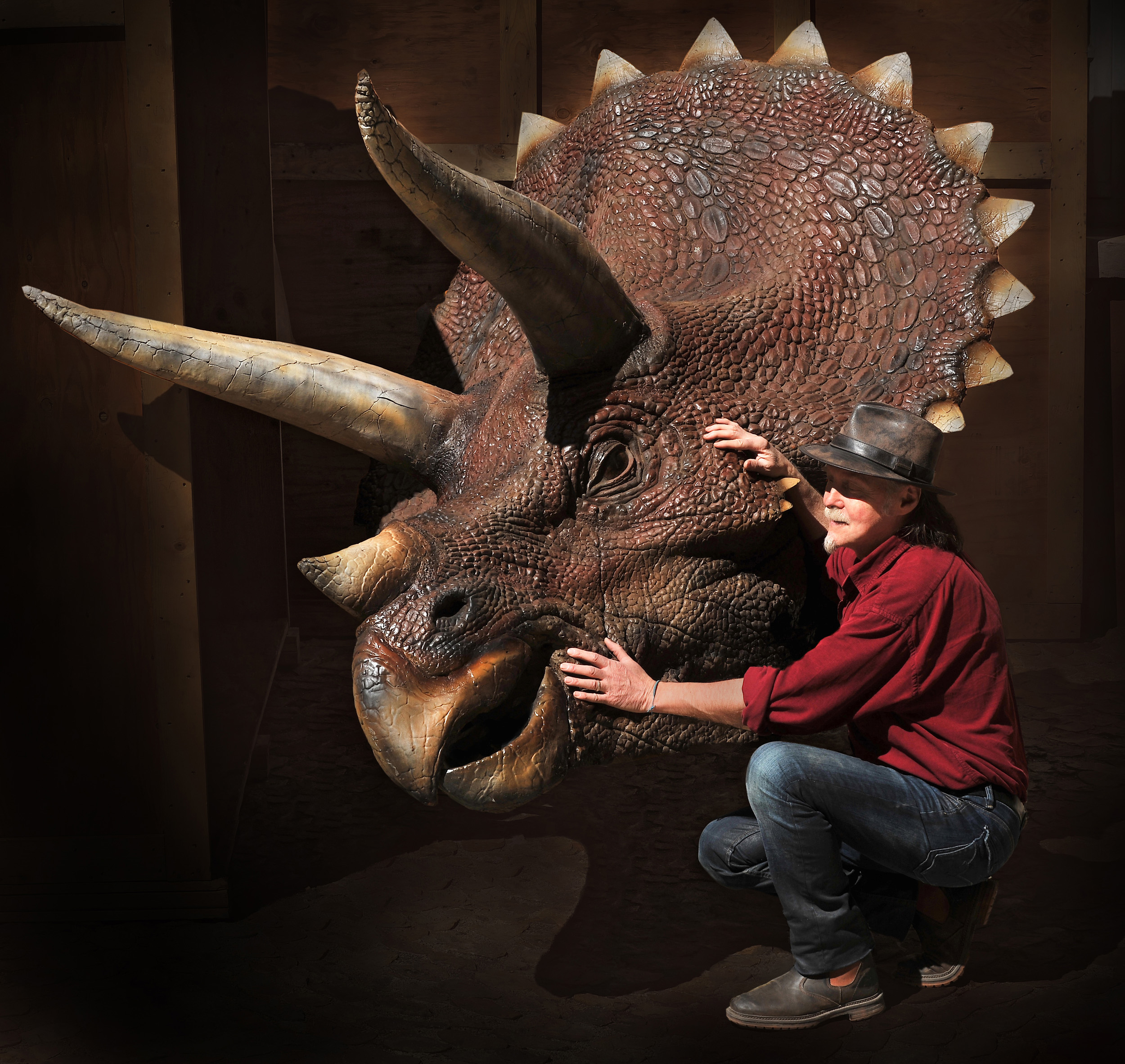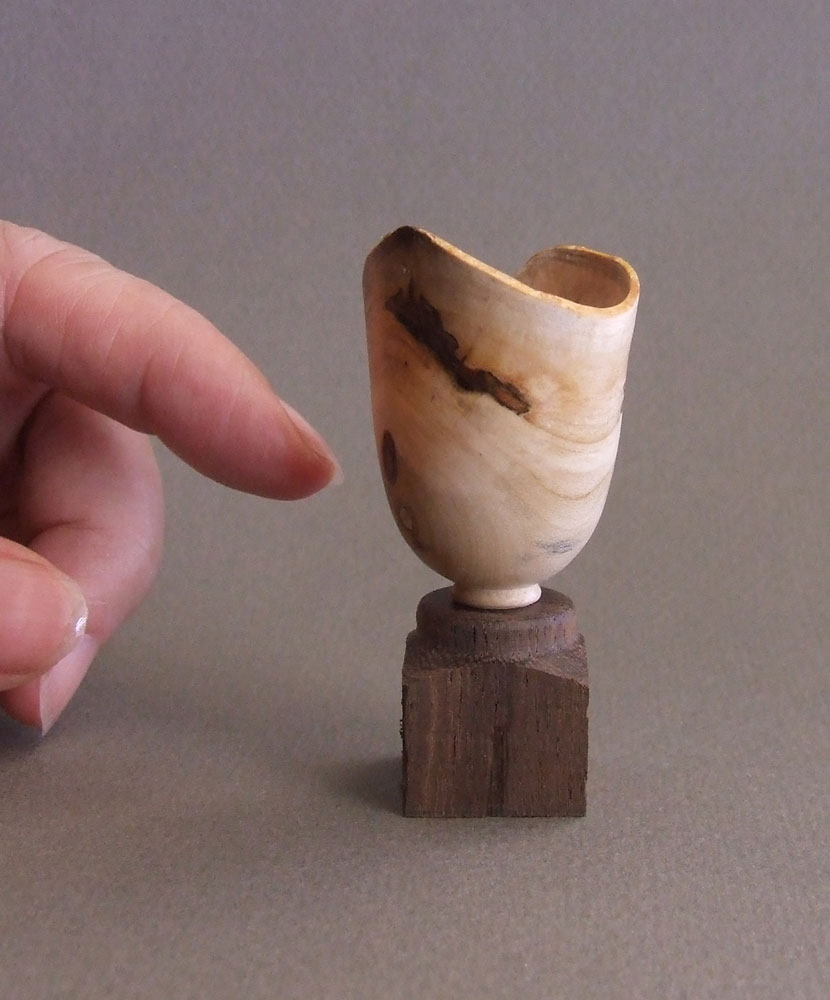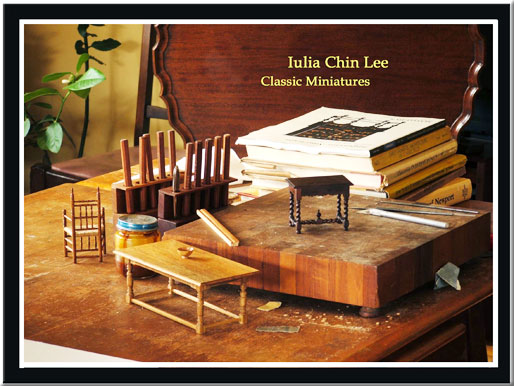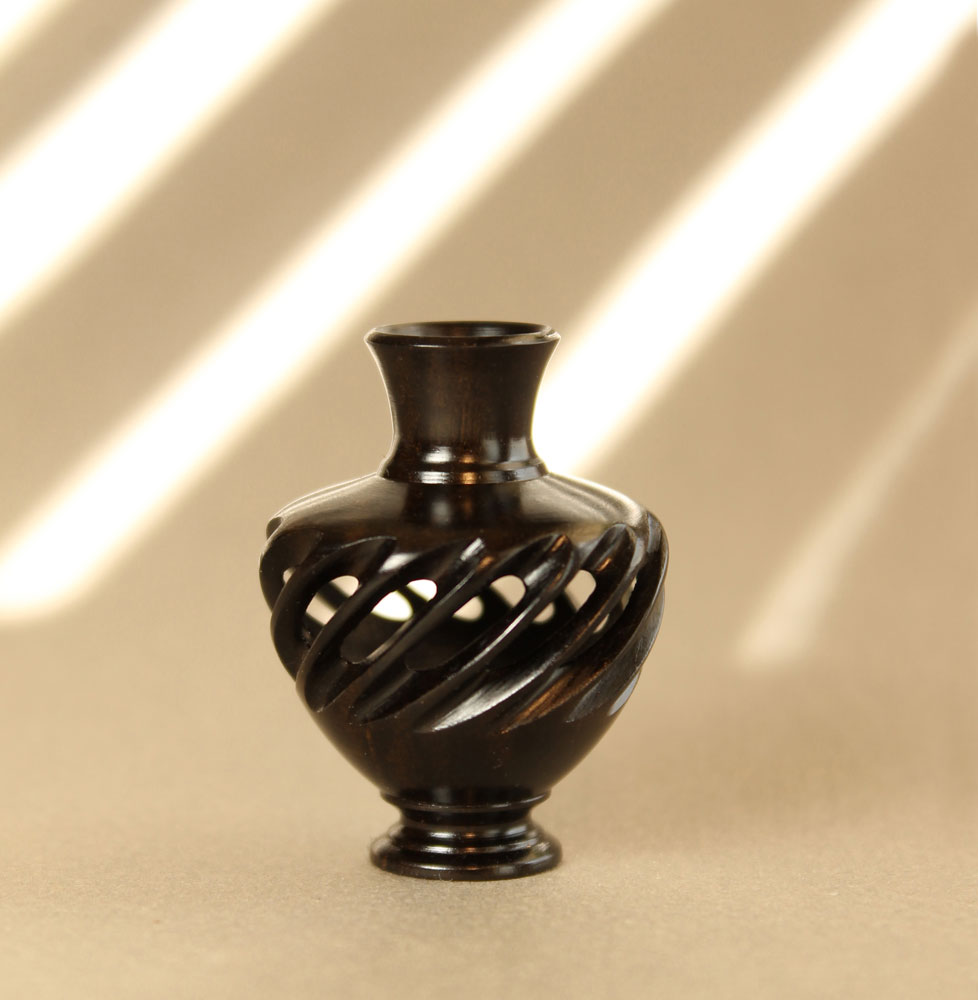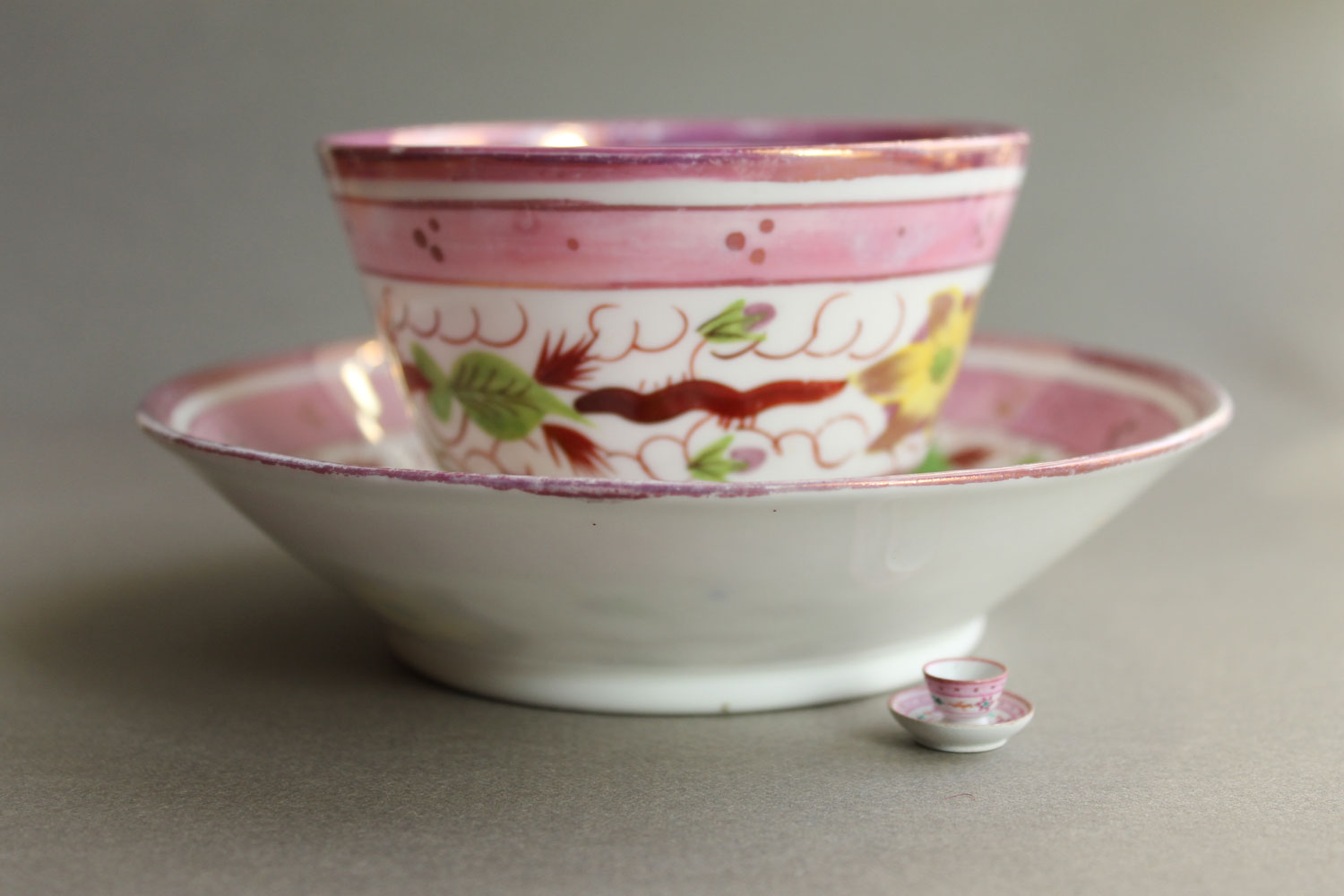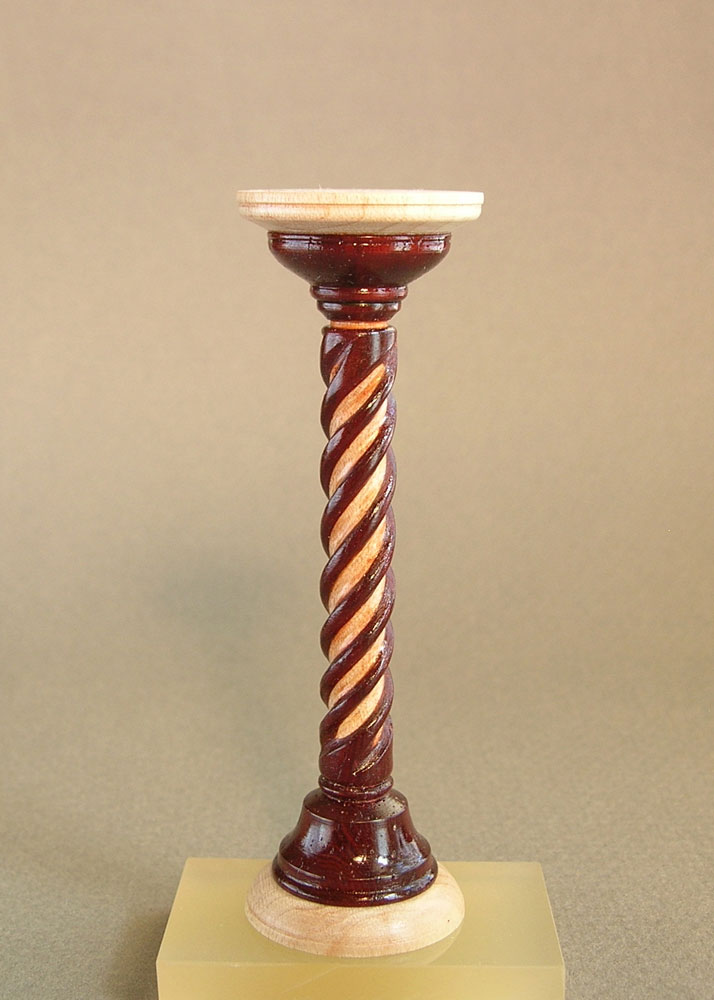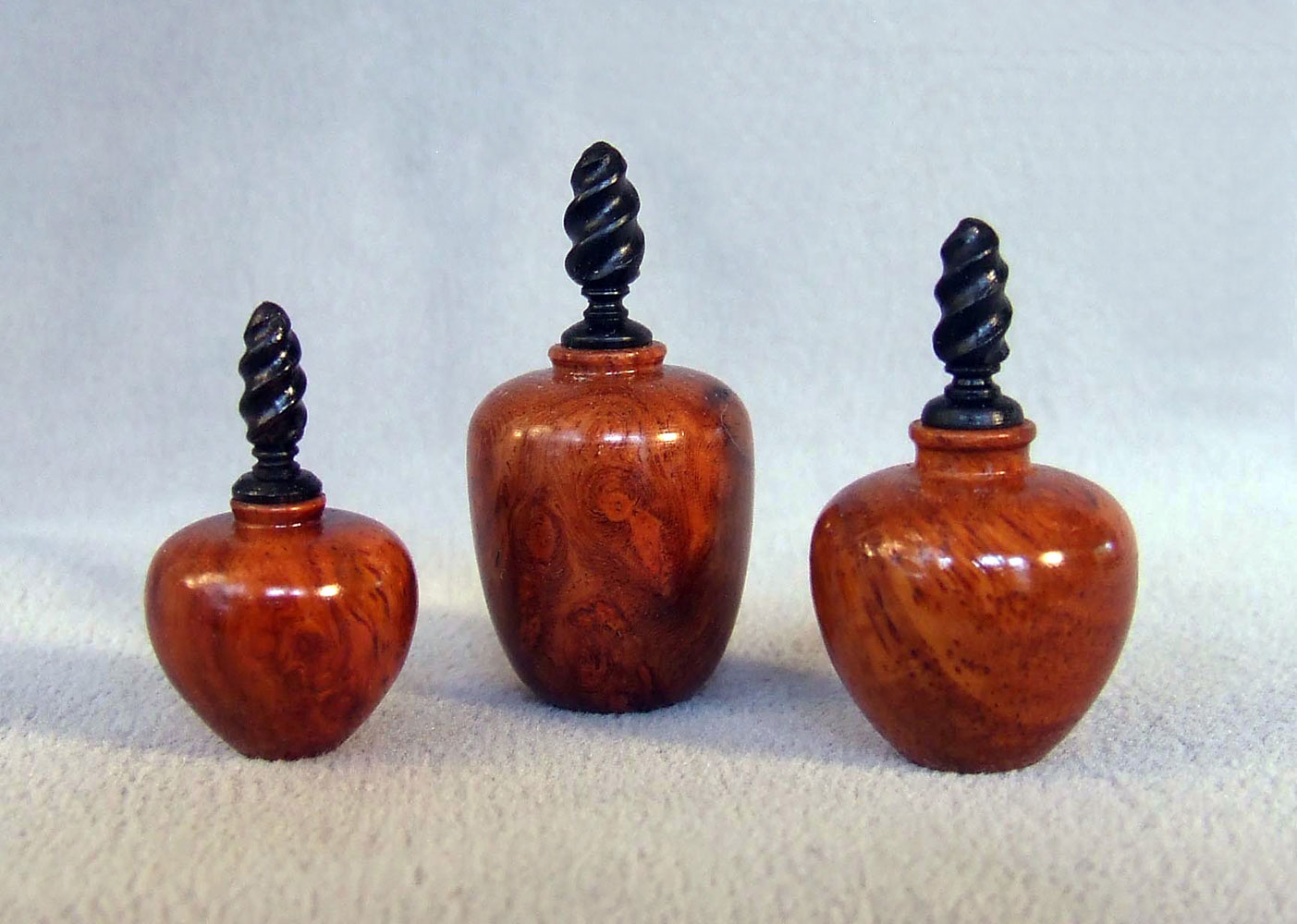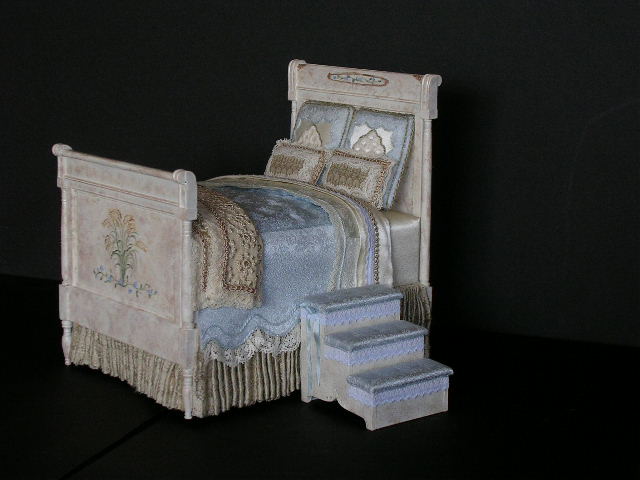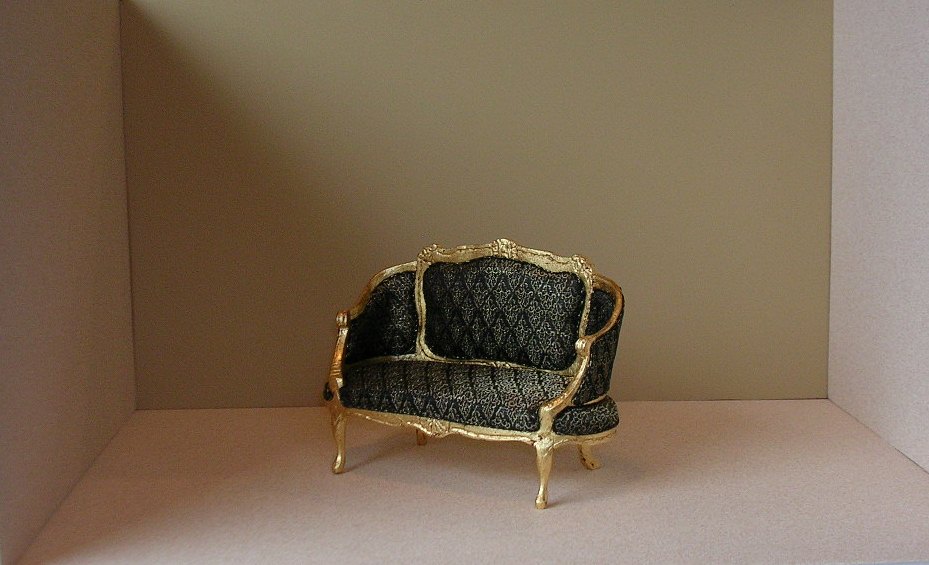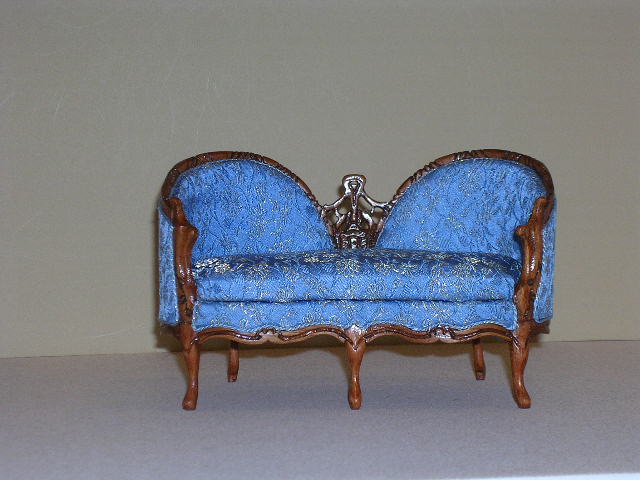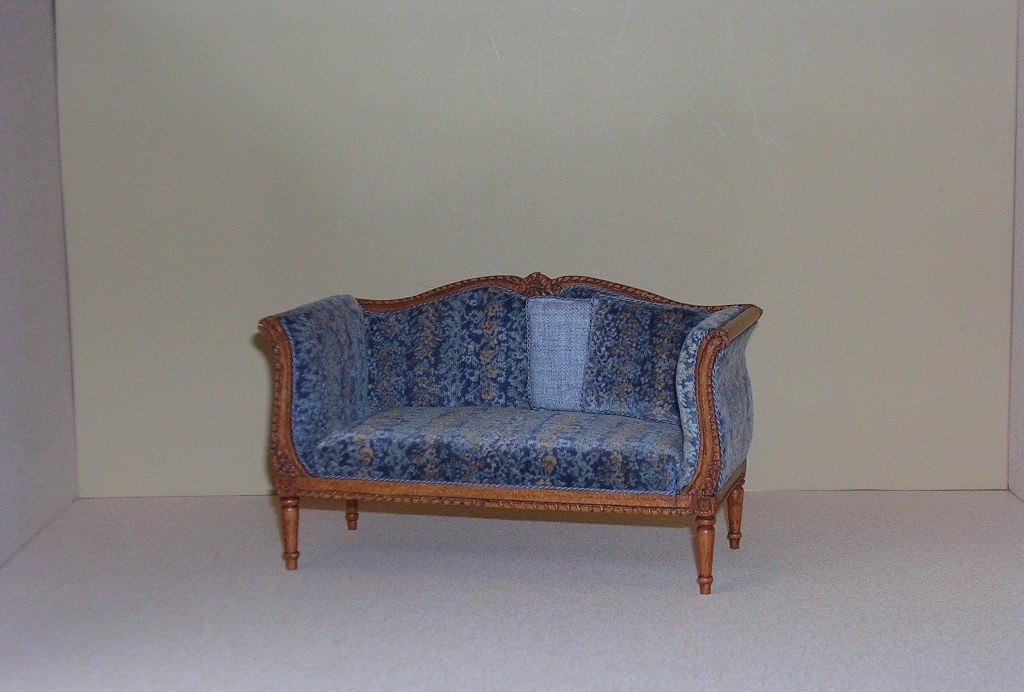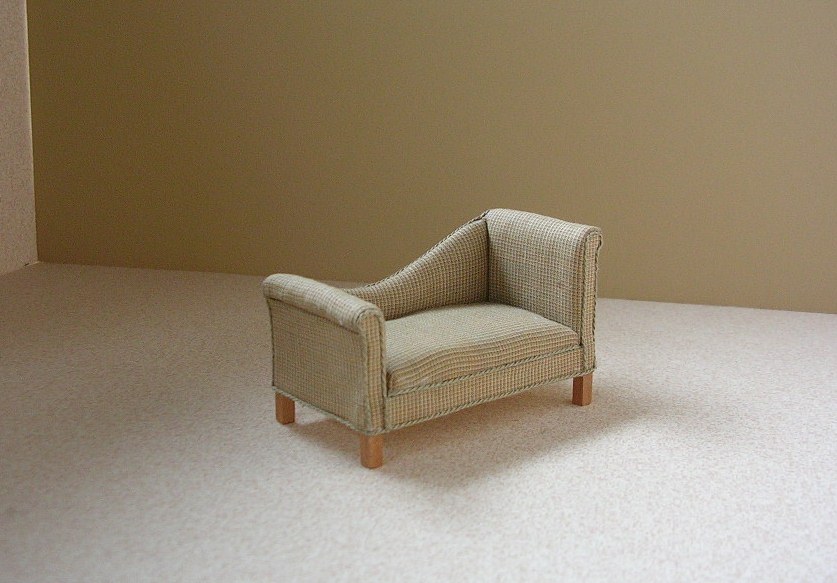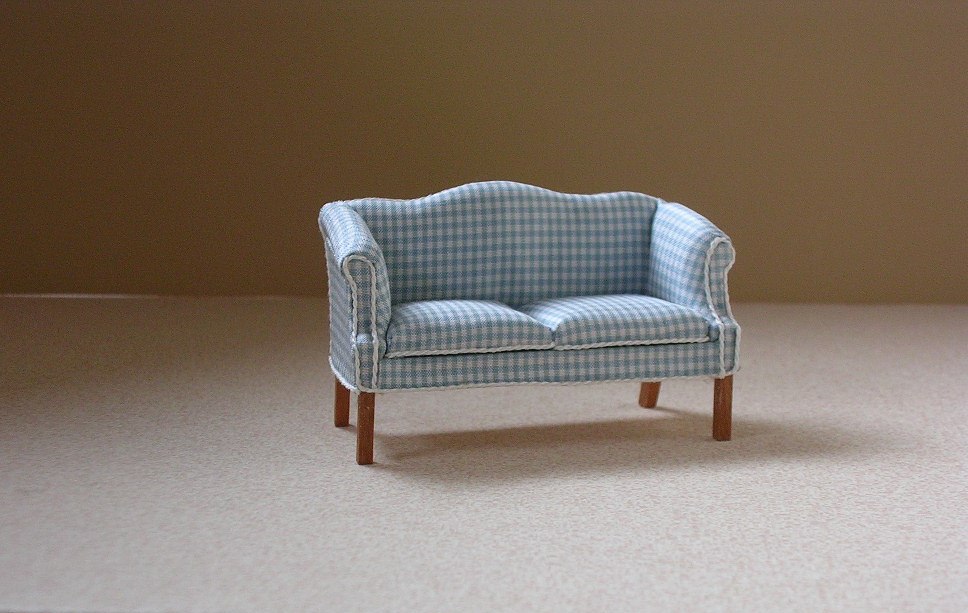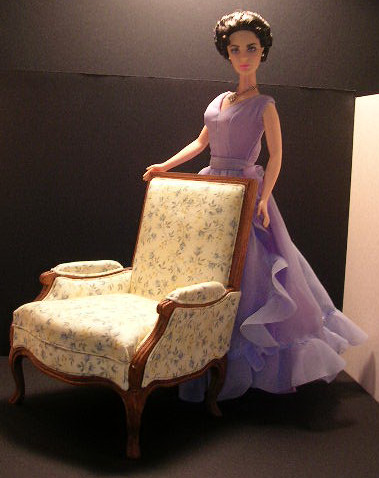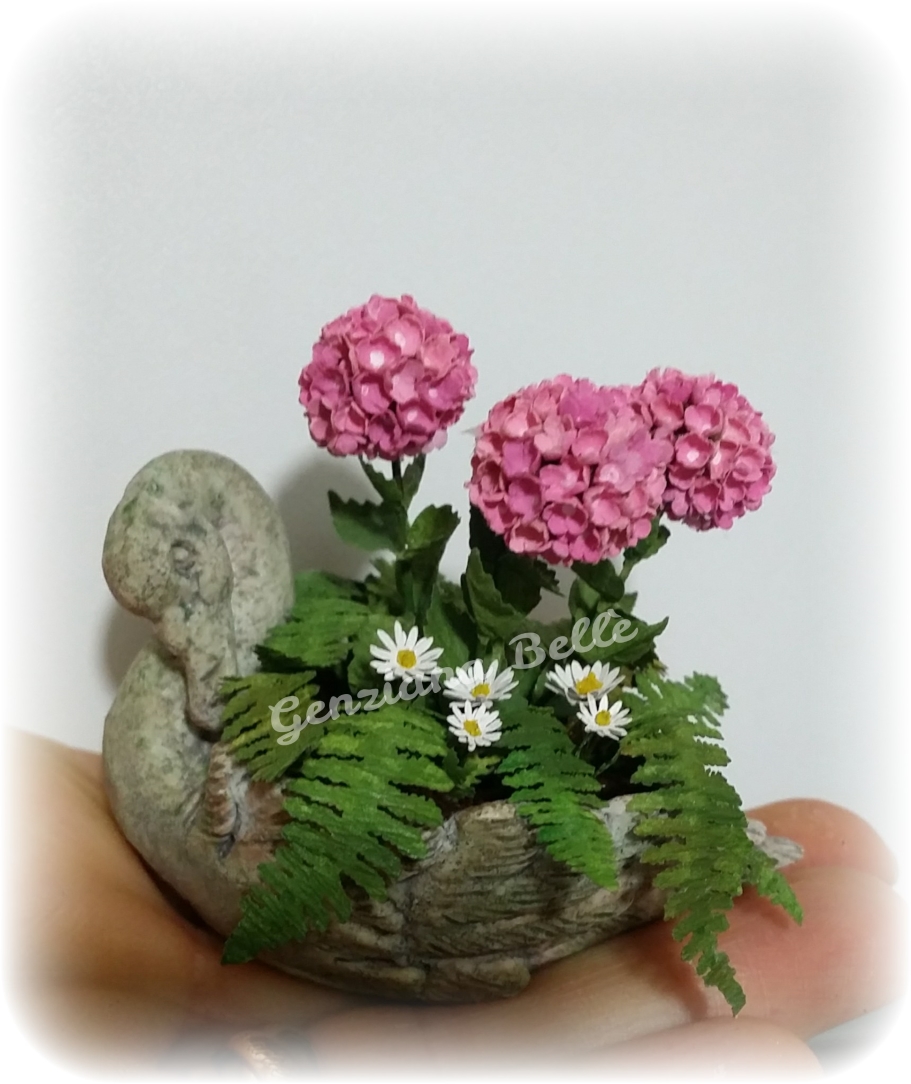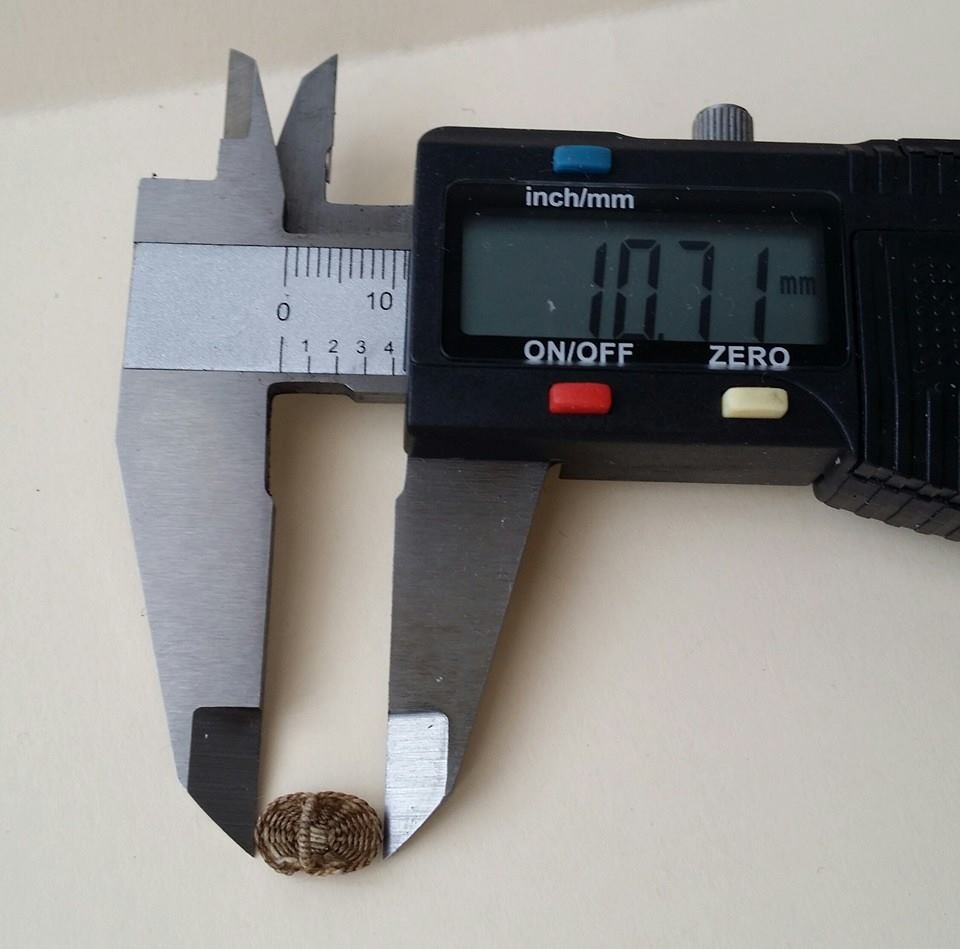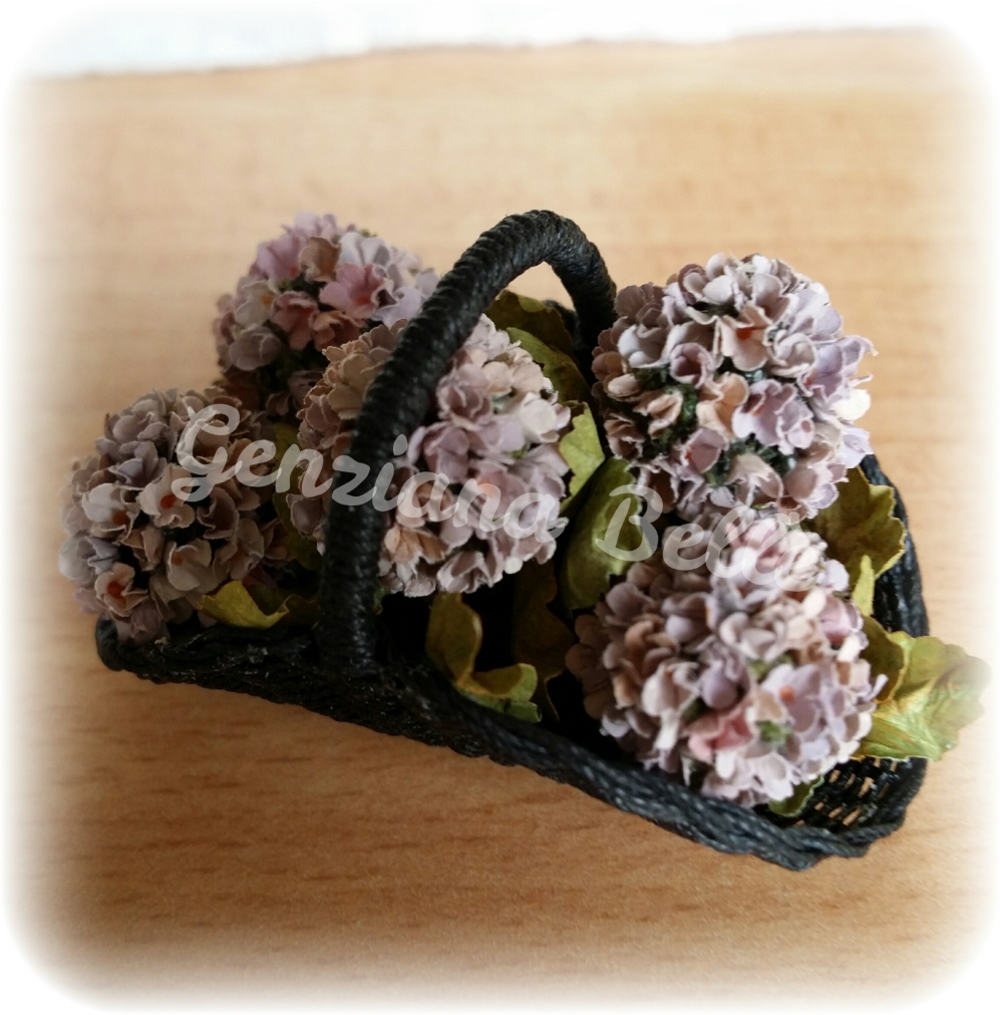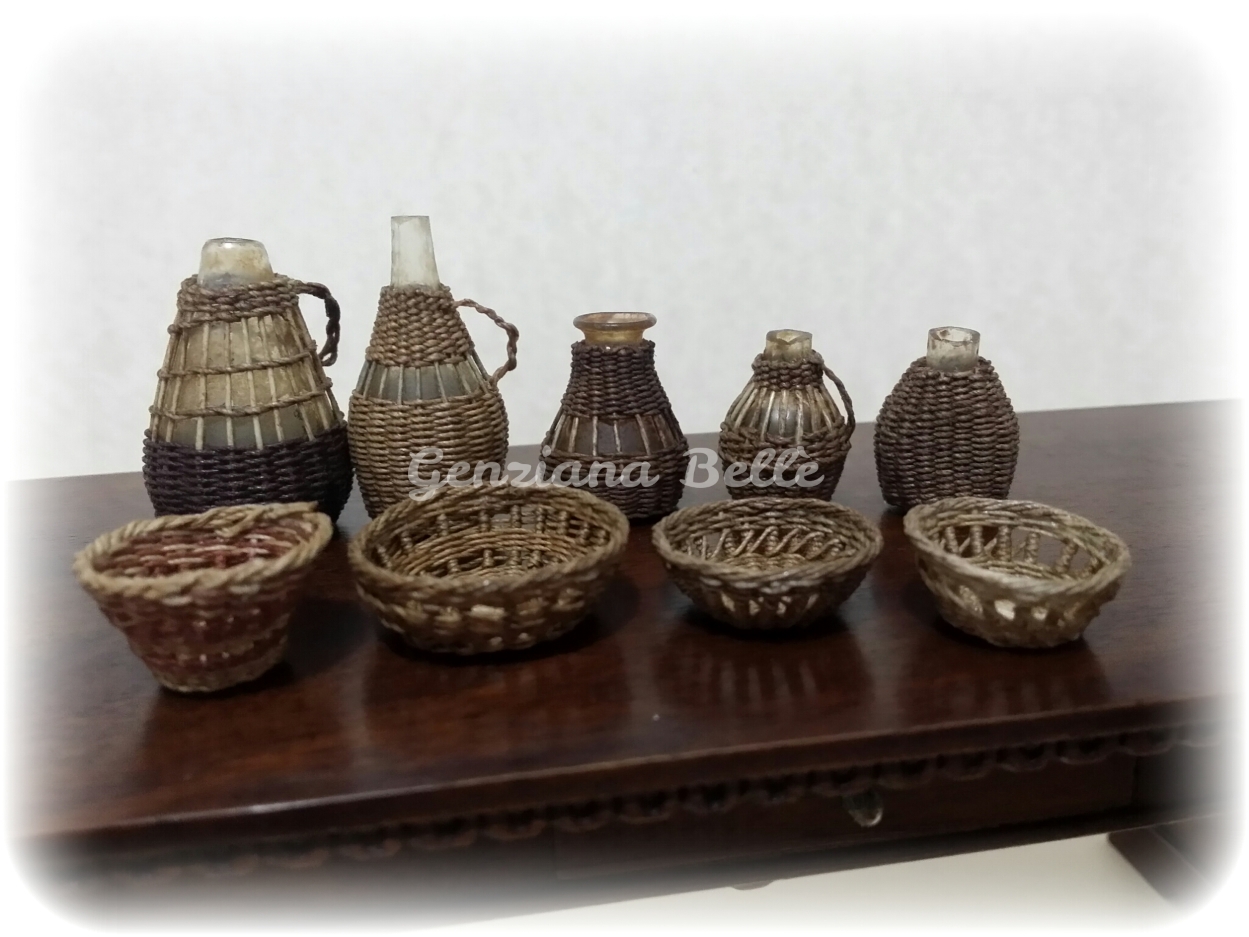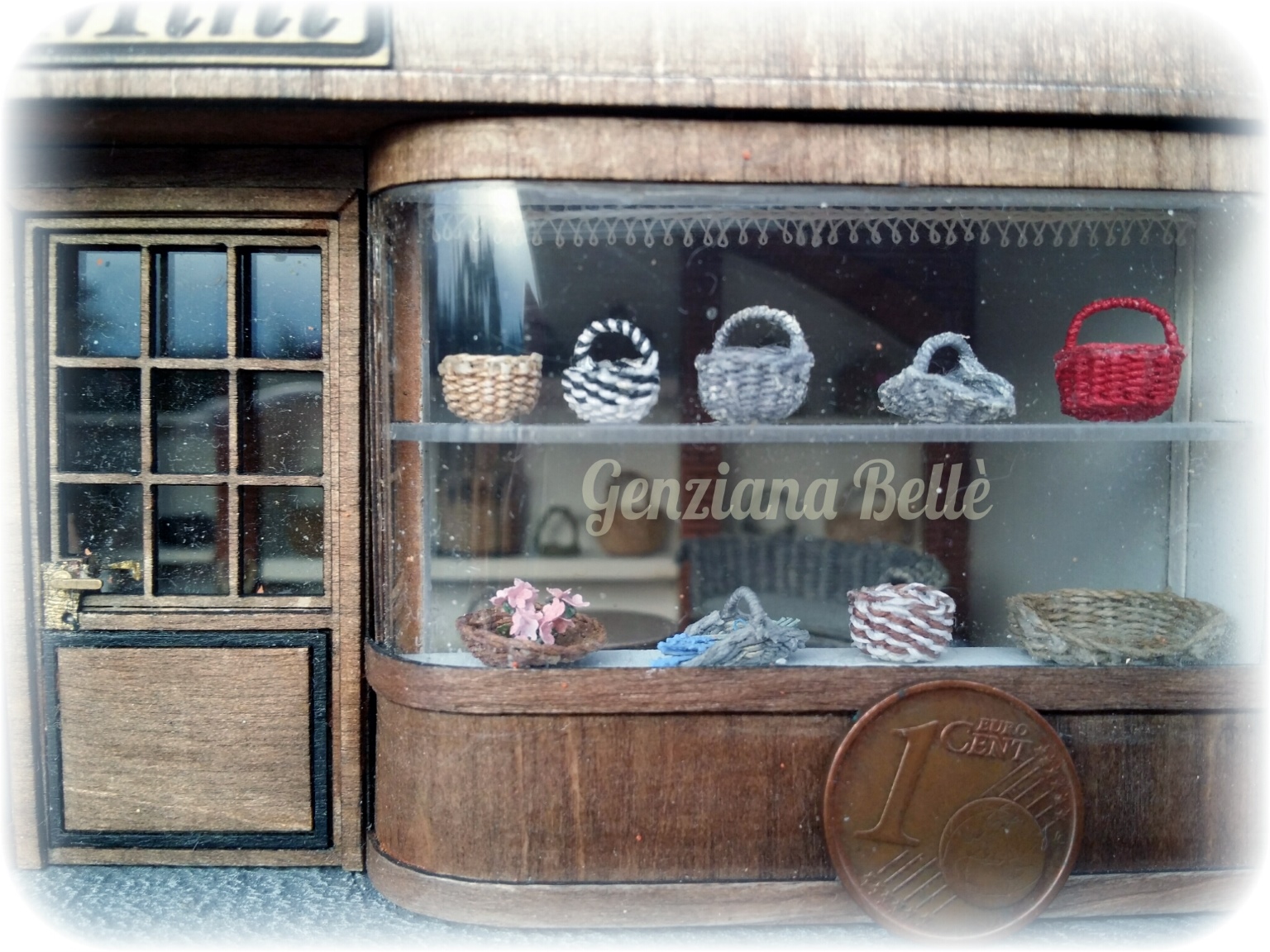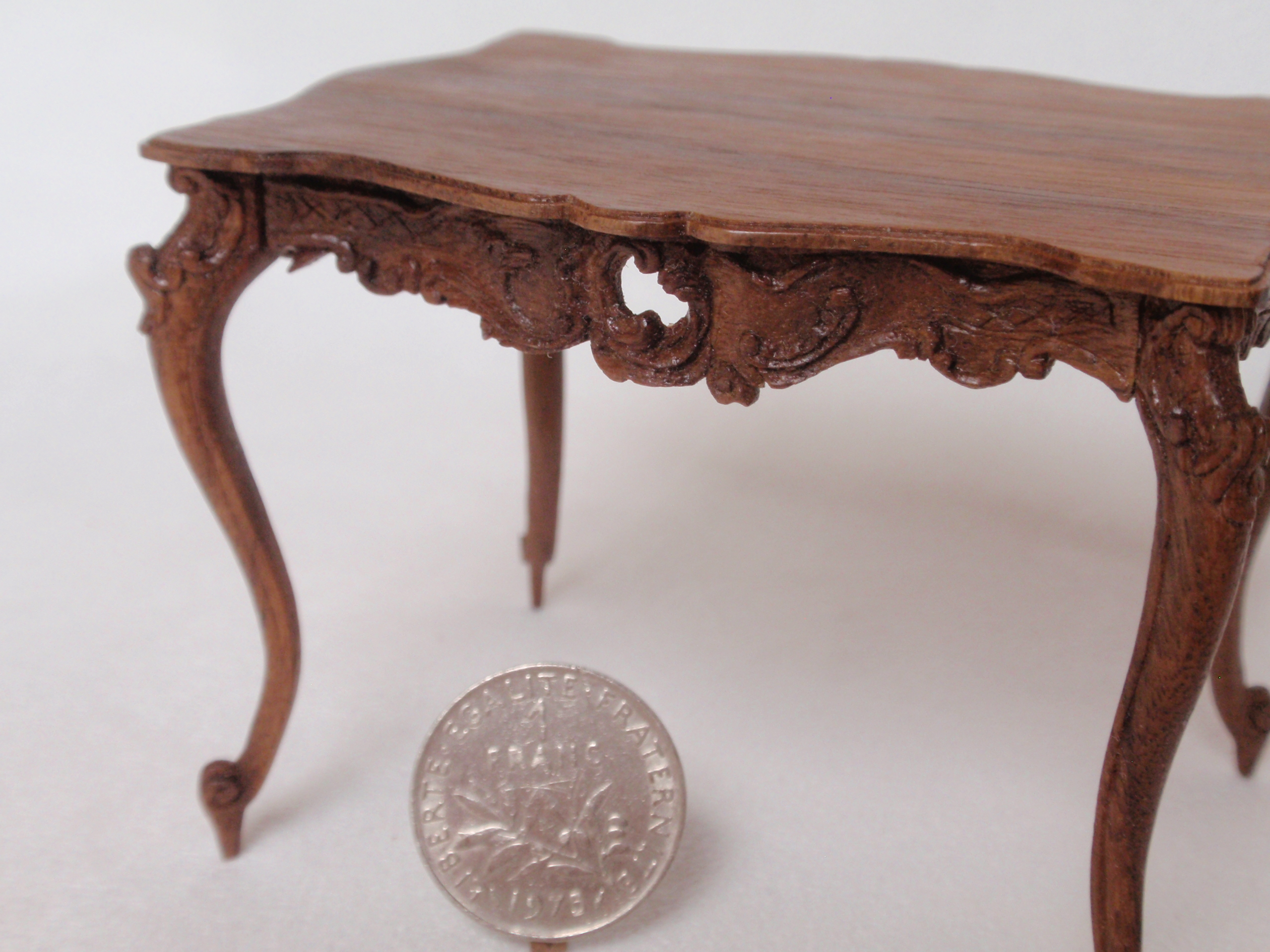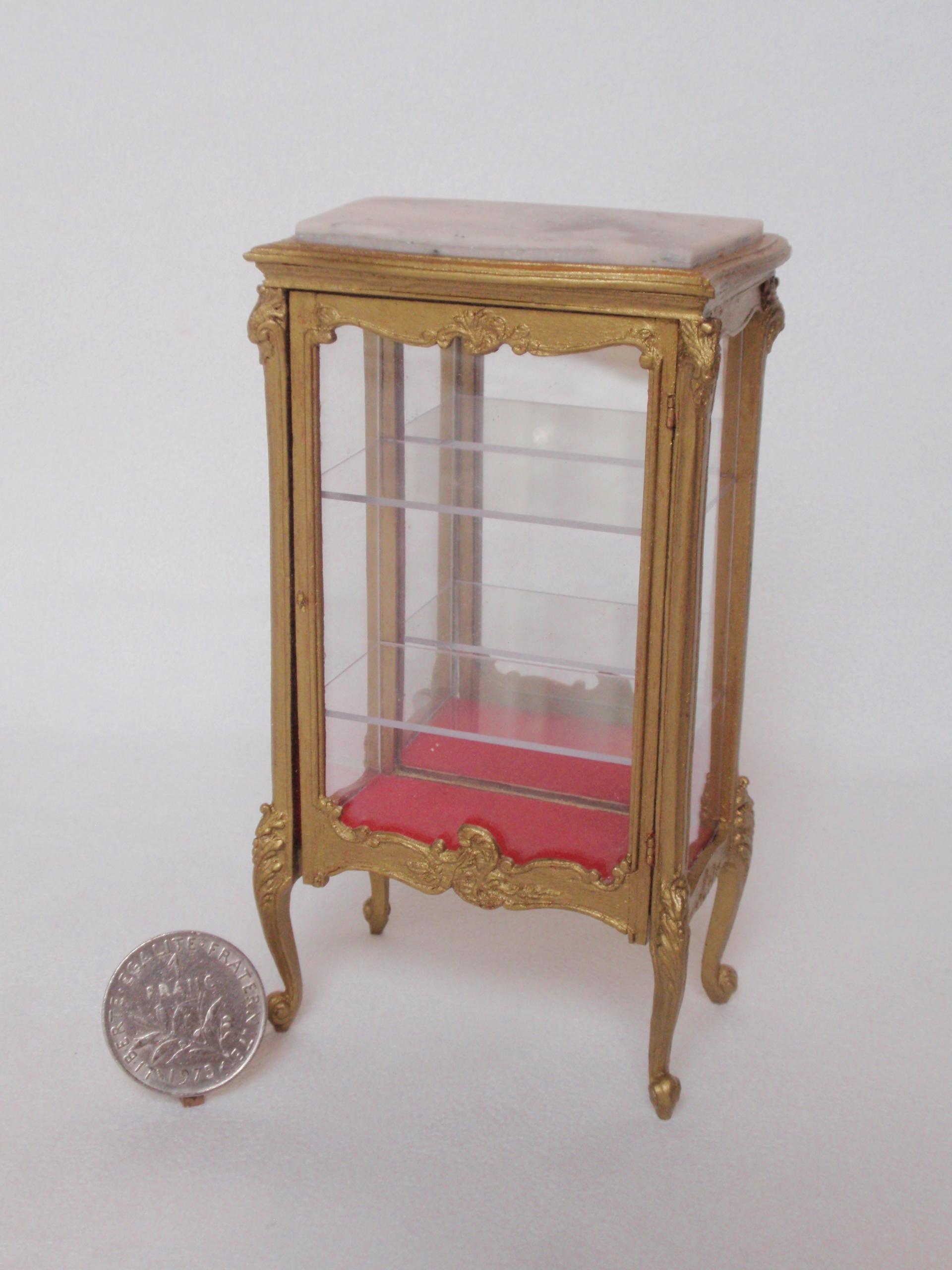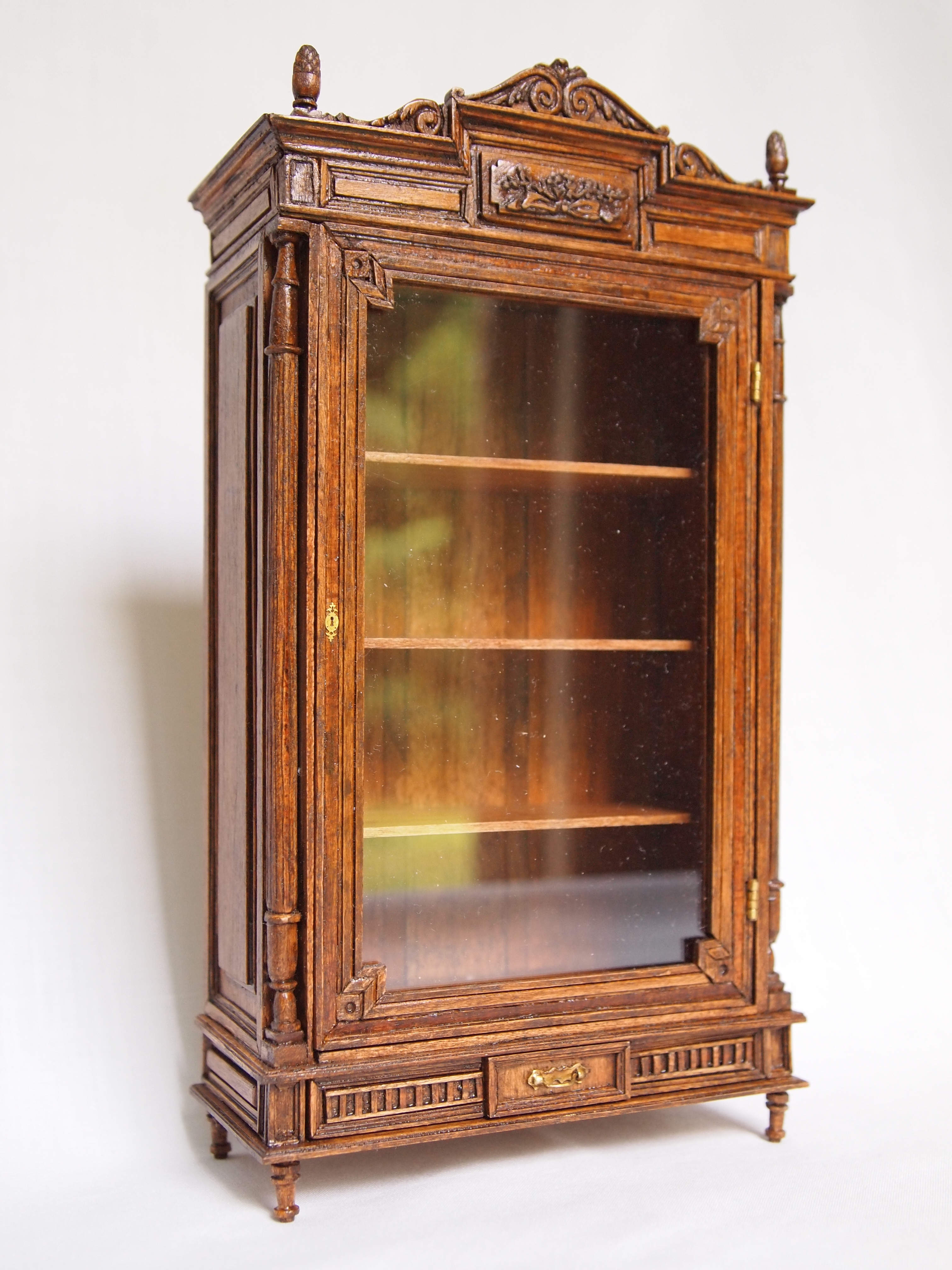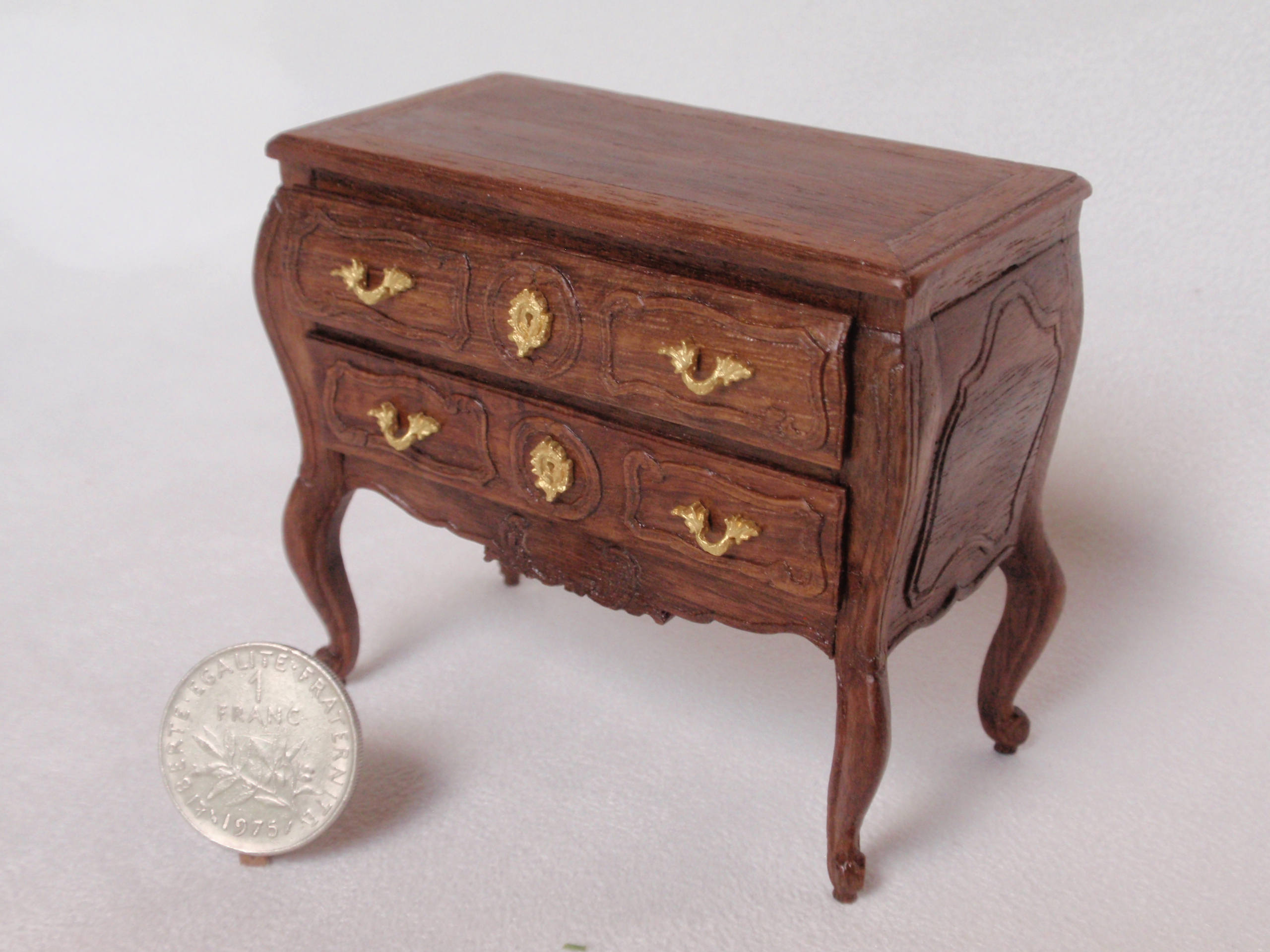Musée Miniature et Cinéma Director Dan Ohlmann
What are your earliest memories with miniatures?
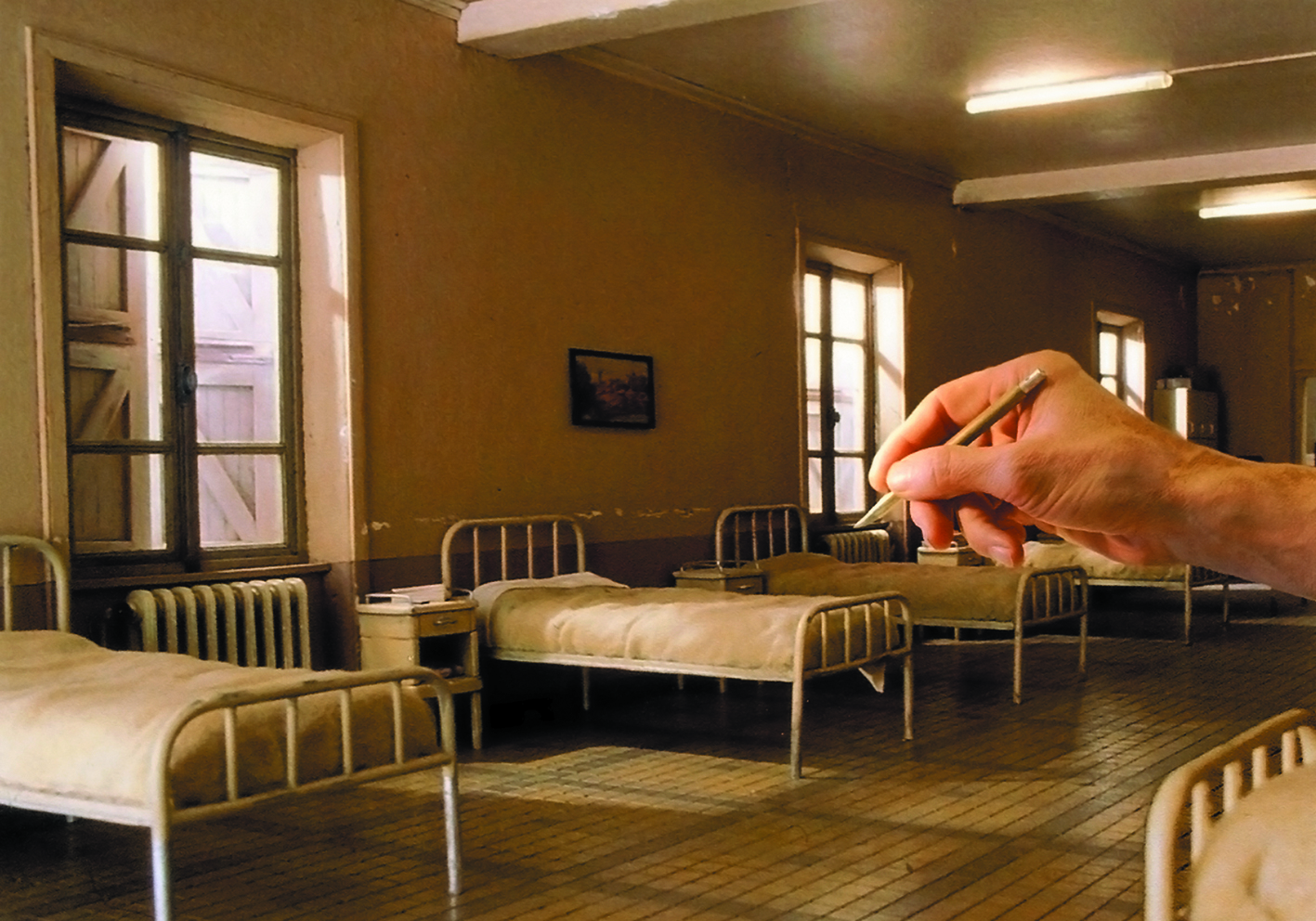
As a child, I was very attracted to miniatures. I especially liked to create mini interiors of wooden huts, hunters’ homes with all their furniture and utensils. I was building works perched on real branches, and soon they became tropical forests. I built small streams that became big rivers. I was six years old and my pleasure was in search of maximum realism. I never put figures or figurines in my spaces because it totally interfered with my desire to create a “visual illusion.”
Do you remember the first miniatures you created between 1985 and 1987 before you produced the 1:12 Chez Maxim restaurant in Paris?
Before Chez Maxim, I created a whole mahogany interior featuring the cellist Rostropovich. He had asked me to make this miniature for his friend Herbert Von Karajan’s birthday.
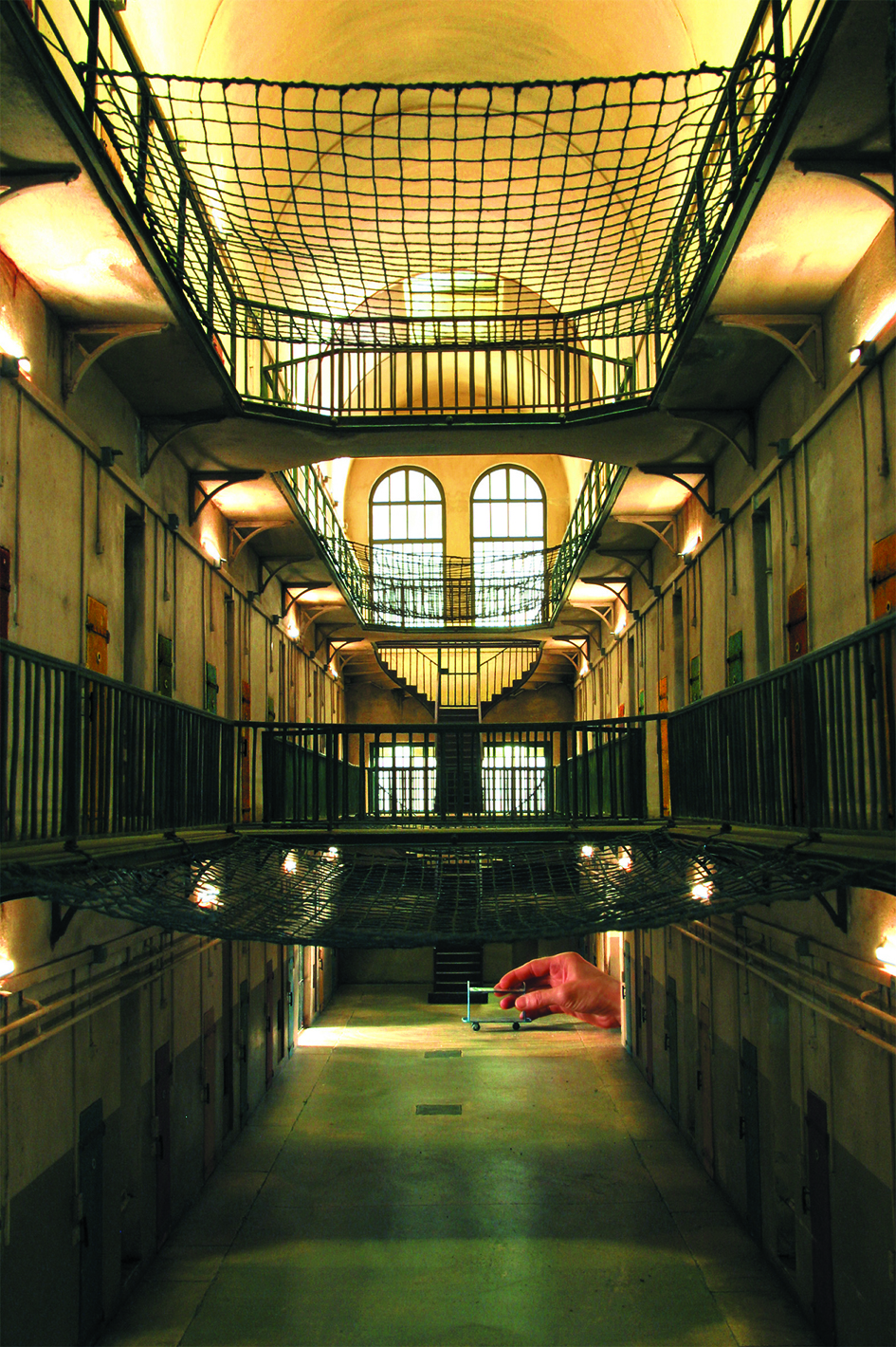
Do you have a favorite work currently in the collection of the Musée Miniature et Cinéma (Museum of Miniature and Film)?
I founded the museum for public awareness around the art of the miniature through the eyes of different artists. I did not found it to show my art, but also because I am a huge fan of ten other talented miniaturists. I love the hyperrealist miniature ruins by Laurie Chareyre, and very messy scenes by Ronan Jim Sevellec.
Who are your favorite contemporaries?
I love the work of Alan Wolfson and his New York atmosphere scenes. We exhibited a retrospective of his work at the museum earlier this year.
Other than that, I have no preference when it comes to the specific type of a miniature scene. Everyone has a different style, and I do not wish to compare them.
What miniaturists do you wish to feature in the Museum?
I have not yet had the opportunity to exhibit Charles Matton, who has had a very beautiful career. My greatest desire would be to achieve an exhibition featuring this great artist in Lyon! Maybe someday…
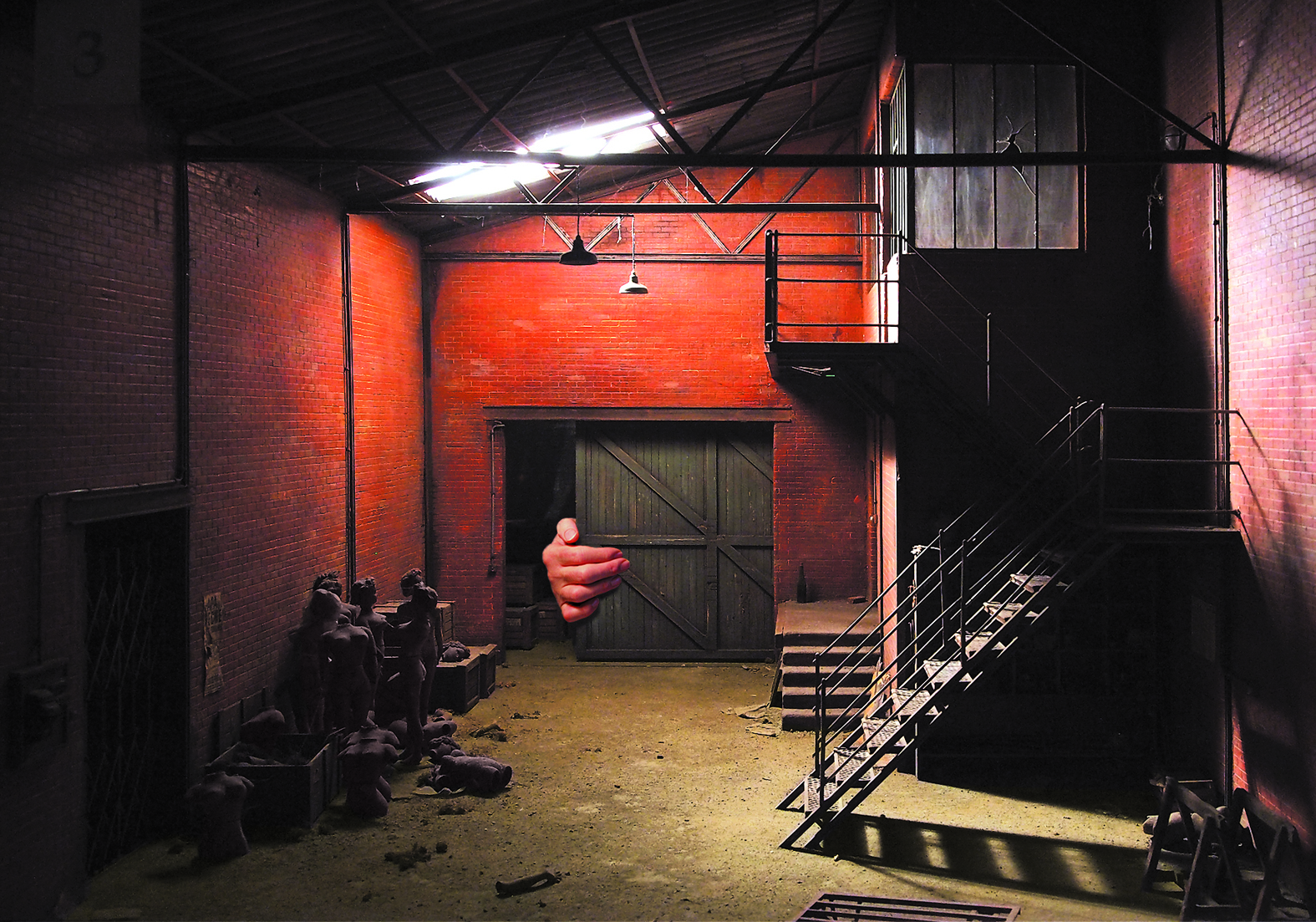
What inspires you?
I like to reproduce places full of past spaces, where one feels the presence of a human is not far away. The presence of certain objects in my miniature scenes help to create a moving, breathing piece of work.
Why miniatures?
If I was not a miniaturist, I would probably be a filmmaker or a film set designer. I am very fond of the various spaces in which human beings move. “Tell me where you live and I’ll tell you who you are” is a sentence that rings true for me.
What has been the most difficult miniature project to create?
There are some interesting miniatures I would have liked to create. I always wanted to make the Hall of Mirrors at Versailles. After getting special permission to photograph the Conservatory, and take thousands of photographs on site (over 5 days), I never started its production because I did not have the courage to launch into 4-5 years of miniature work for all the necessary micro-sculptures. Having previously created the Maxim’s de Paris, which took 15 months of continuous work, I realized that the Hall of Mirrors would be too difficult and would take too long for me to make. I would prefer to make 5 different miniatures over a period of time, rather than work on one. I like to have a bit of choice.

What is the most unusual miniature you have ever seen?
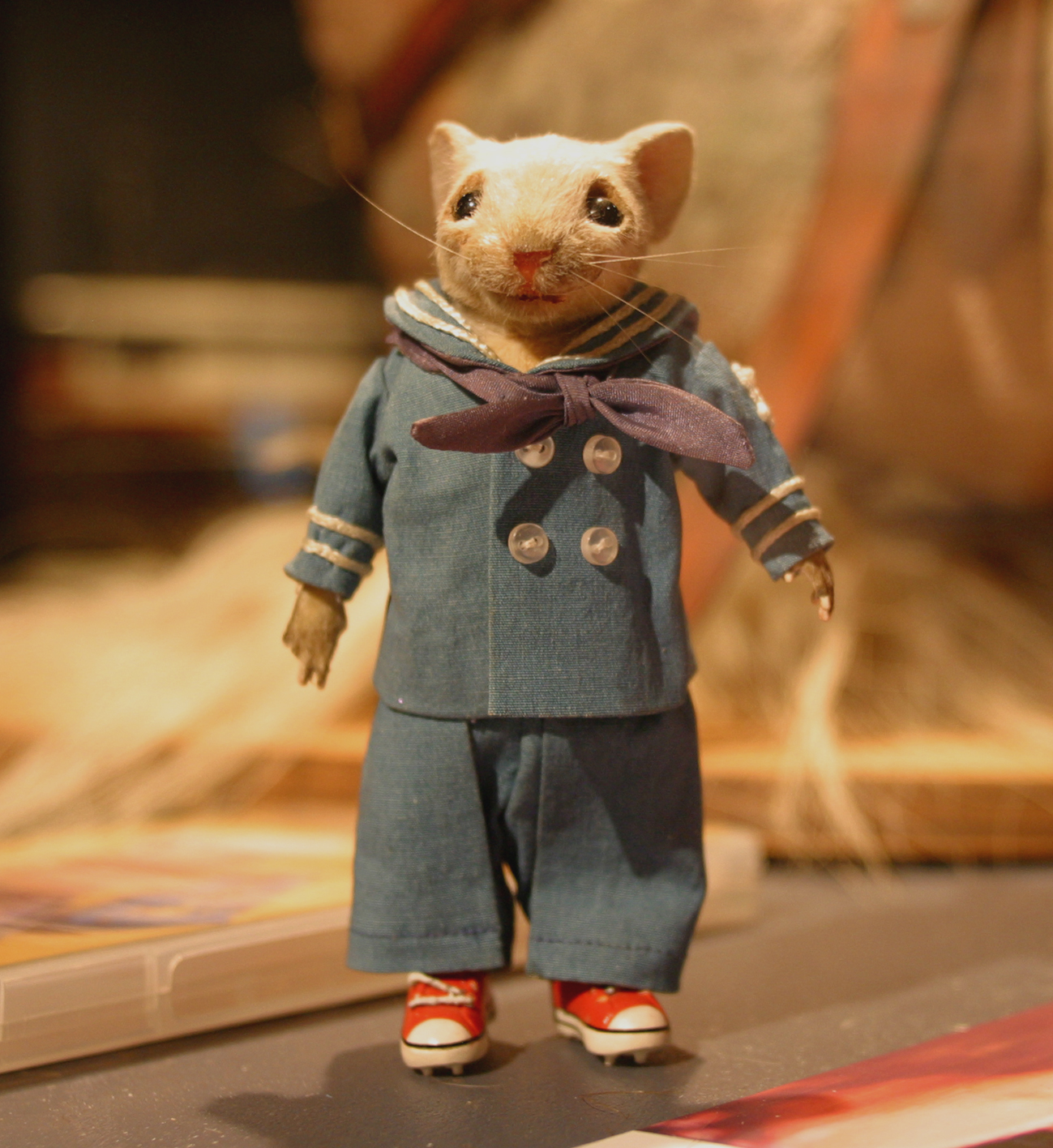
The miniatures of the late Charles Matton are especially beautiful. I am touched by the beauty of a scene first and foremost. I am not affected by the dexterity required to make a piece, because performance is not art.
What is your favorite period of History of Art?
I love Art Deco.
Career highlights thus far?
The best moments for me have been the encounters made at a location that I am studying to miniaturize. Whether at Le Havre in Normandy, at Maxim’s in Paris, in an incredible zen temple in Japan, in Cuba, or in the Drôme Provençale, there is this aspect of a “reporter miniaturist” that is so exciting! Whenever I start to photograph and analyze a rare and unusual place, I usually meet rare and unusual people!
What’s to come from the Musée Miniature et Cinéma?
We will celebrate this year the 10th anniversary of the Museum in its current location (a 16th century historical building, the Maison des Avocats), but also our 20 years of miniature and cinema in Lyon since the museum was actually founded in Lyon on January 1, 1990. In 2000, the museum had been in the Paris regions for 5 years (operated by Grévin of Paris) and was reopened again in 2005 in the capital of Gaul.
What do you want fans of miniatures know about you?
I want them to know that this museum exists only because of their love and support for over 20 years now!
Today one of my other passions is to restore objects that were used for filming movies before the era of “all-digital.” These numerous sets, costumes, prosthetics, animatronics, and more are very fragile due to materials which were poorly resistant to passing time. Thanks to our visitors, we preserve these props in our workshops. A big thank you to the public for its help in preserving nostalgic art!
Created by miniaturist artist Dan Ohlmann, the Musée Miniature et Cinéma in France presents two rare and exclusive collections: miniature scenes and film props and artifacts. The museum features over 100 miniature scenes exquisitely crafted by world-renowned miniaturists while the film collection boasts over 300 original film props and artofacts. To learn more about Dan Ohlmann or the Museum of Miniature and Film, visit the Musée Miniature et Cinéma website or head on over to Facebook.
